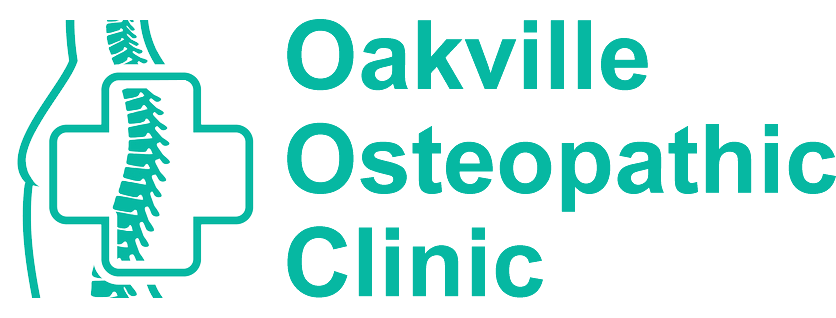What Are The Potential Risks And Side Effects Of Osteopathic Treatment?
Have you ever wondered what the potential risks and side effects of osteopathic treatment might be? If so, then you’re not alone. Osteopathy is a holistic approach to healthcare that focuses on diagnosing, treating, and preventing illness by manipulating the body’s muscles and joints. While it can offer many benefits for those looking for an alternative form of medicine, there are also some associated risks and side effects. In this article, we will discuss these possible risks and side effects in more detail.
Osteopathy has been used as a form of healing for centuries but only recently has become popular again due to its focus on natural treatments and therapies. It works by manipulating the body’s musculoskeletal system – bones, ligaments, tendons, nerves – to help improve circulation, flexibility, and mobility throughout the body. As with any type of medical procedure or therapy, however, there are always potential risks involved which must be taken into consideration before beginning any kind of treatment plan.
In this article, we will look at all aspects of osteopathic treatment – from its many benefits to the potential risks and side effects – so that readers can make informed decisions about their own healthcare needs. We hope that by providing this information we can empower people to take charge of their health in a safe and responsible way.


Definition Of Osteopathic Treatment
Osteopathic treatment is a form of manual therapy that focuses on the musculoskeletal system. It uses hands-on techniques such as manipulation, mobilization, and soft tissue massage to improve mobility, reduce pain and restore balance in the body. Osteopathic practitioners are trained in anatomy, physiology, diagnosis, and other medical sciences so they can diagnose and treat conditions related to the bones, muscles, and joints.
The goal of osteopathy is to find the root cause of an illness or injury by examining how different parts of the body interact with each other. This means that it takes into account both physical and psychological factors when treating patients. Taking all these elements into account helps promote healing throughout the entire body rather than just focusing on one specific area.
Possible Complications
Although osteopathic treatments are generally safe, there are potential risks and side effects that should be considered. Osteopathic manipulation may cause muscle soreness or fatigue for a few days after treatment, although this is usually mild and does not last long. In rare cases of sudden intense force applied to the spine during an adjustment, nerve irritation can occur causing numbness or pain in the arms, legs, or chest. Other complications include misaligned joints resulting from excessive or incorrect pressure being applied. Additionally, some people may experience dizziness due to changes in blood pressure caused by certain techniques used during manual manipulations.
The risk of serious injury as a result of osteopathy is low but it is important to discuss any underlying health issues with your practitioner prior to beginning treatment so they can adapt their approach accordingly and avoid exacerbating existing conditions. It’s also important to consider possible interactions between osteopathy and other treatments such as medications which could lead to adverse reactions if precautions are not taken.
Interactions With Other Treatments
Using osteopathic treatment alongside other forms of traditional medicine can be like a jigsaw puzzle. Each piece has to fit together in order for the big picture to make sense and reach optimal health goals. There are potential risks and side effects associated with combining these treatments, so it is important that your practitioner understands all medications and therapies currently being used by you.
It’s also essential to inform your osteopath about any allergies or sensitivities you may have before starting treatment. If there is an interaction risk between two different treatments, taking proactive steps can help prevent negative reactions from happening. Additionally, keep in mind that alternative treatments such as herbal supplements should always be taken under the care of both a medical doctor and an osteopath. With this knowledge, we can move on to discussing the long-term consequences of different types of osteopathic treatments.
Long-Term Consequences
When it comes to long-term consequences, osteopathic treatment can cause certain risks and side effects. One of the most common is that patients may experience a worsening of their symptoms over time as they continue with treatments. This could include increased pain, stiffness, or other symptoms in areas targeted by the treatment. Additionally, there are some potential risks associated with manual manipulation techniques used during osteopathic treatments such as joint dislocation or nerve damage. Other potential side effects might also include bruising, swelling, or tenderness in the area treated.
Patients should always discuss any concerns they have about potential risks and side effects before beginning an osteopathic treatment plan. It’s important to understand all the possible outcomes so you can make an educated decision on whether it’s right for you. With careful consideration and proper execution, osteopathic treatments can be extremely beneficial for improving overall health and functionality.
Osteopathic treatment is an alternative form of healing that may provide relief from certain conditions. While it can be a safe and effective therapy for many people, there are potential risks and side effects to consider before beginning any type of treatment plan. It’s important to talk with your healthcare provider about the possible complications associated with this therapy as well as how it might interact or interfere with other treatments you’re taking. Taking these precautions will help ensure that you reap the full benefits of osteopathic treatment while avoiding any long-term consequences. All in all, if you want to experience the therapeutic power of manual manipulation without risking injury, then seeing a qualified osteopath could be just what the doctor ordered!
